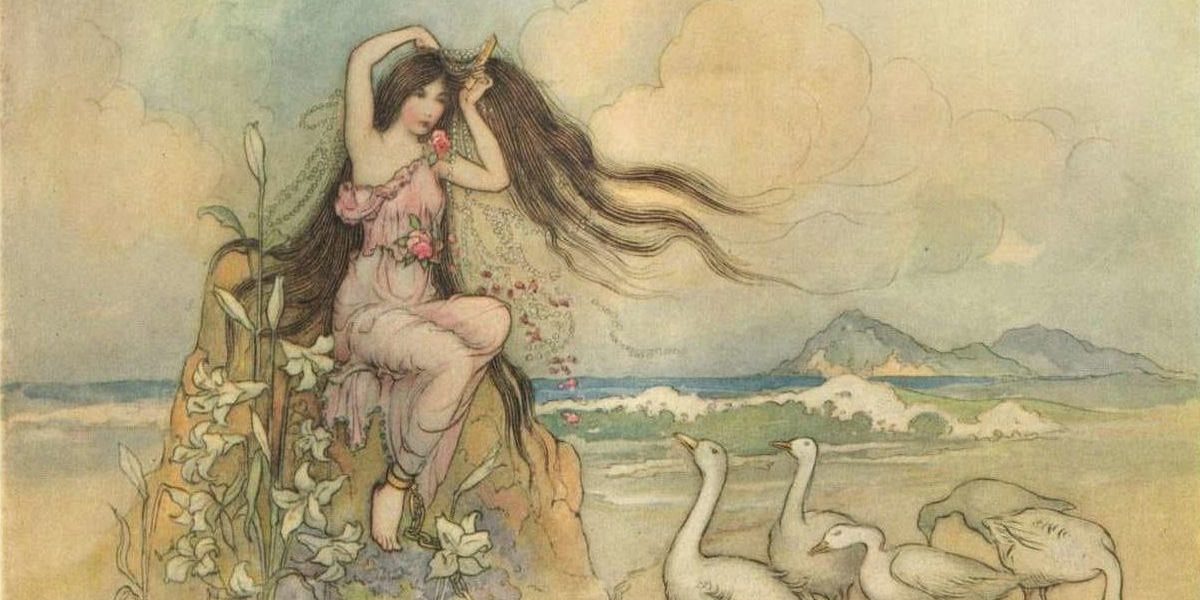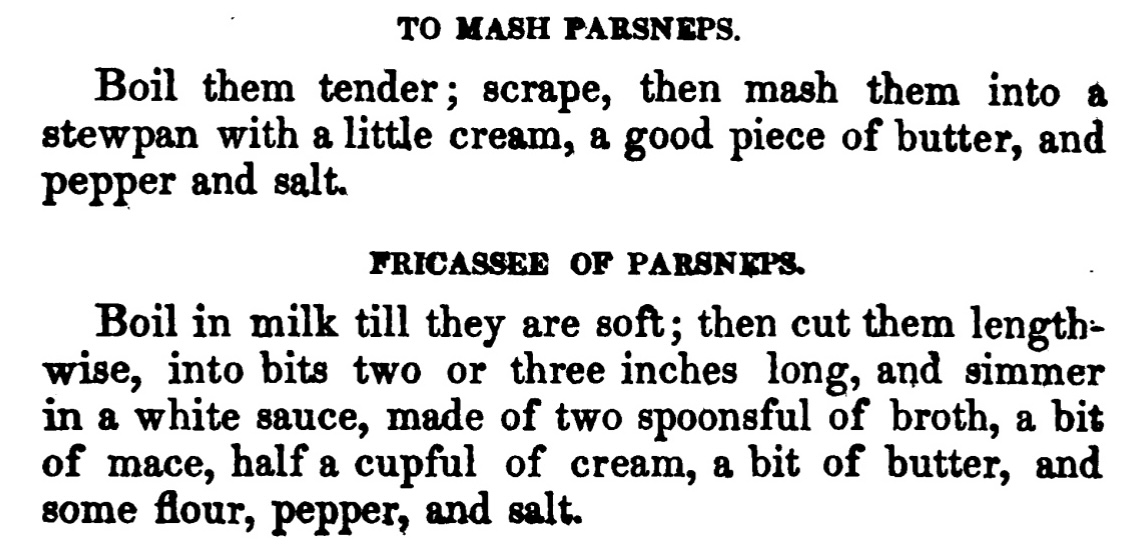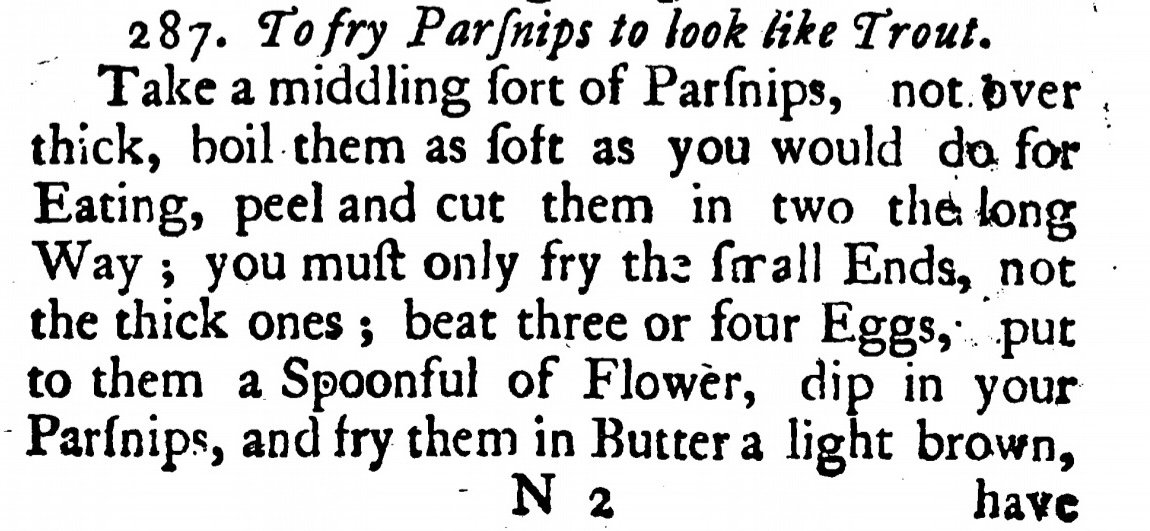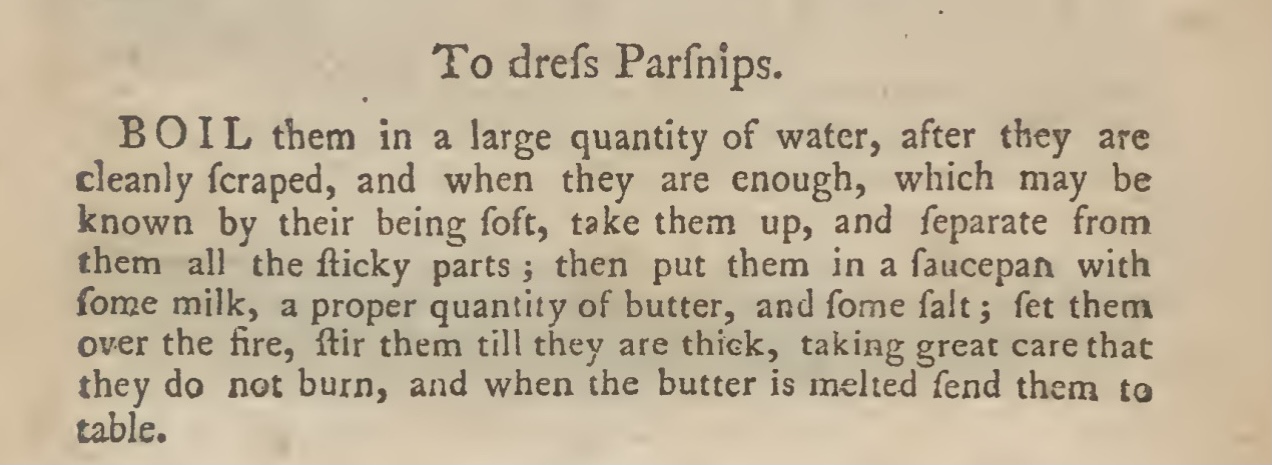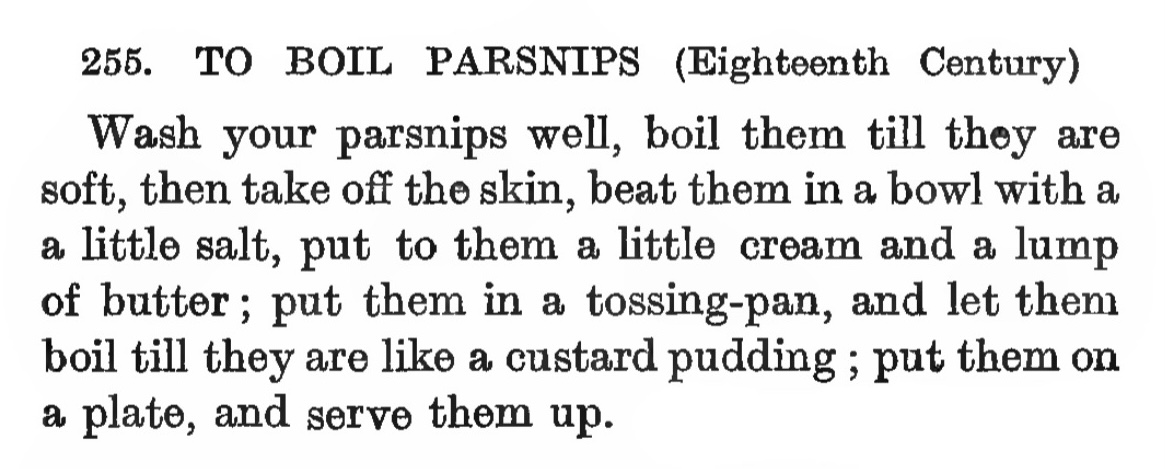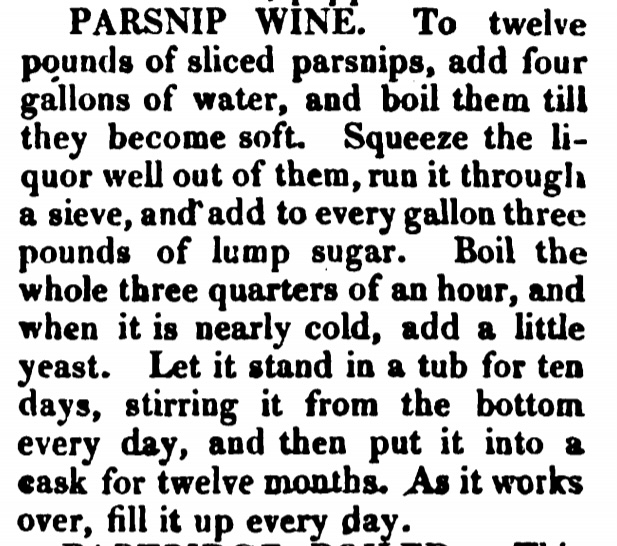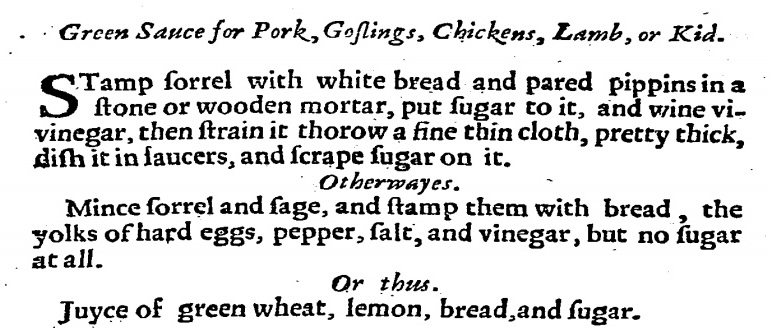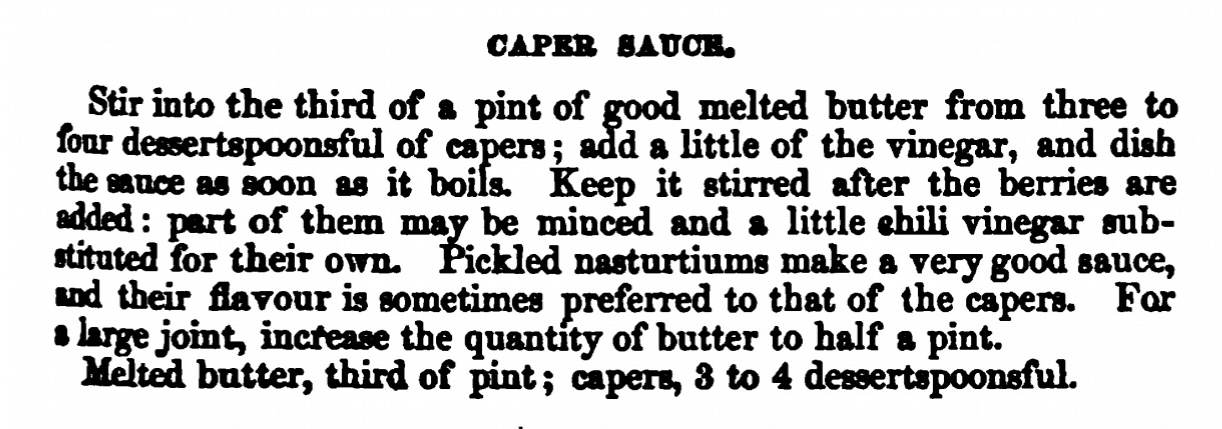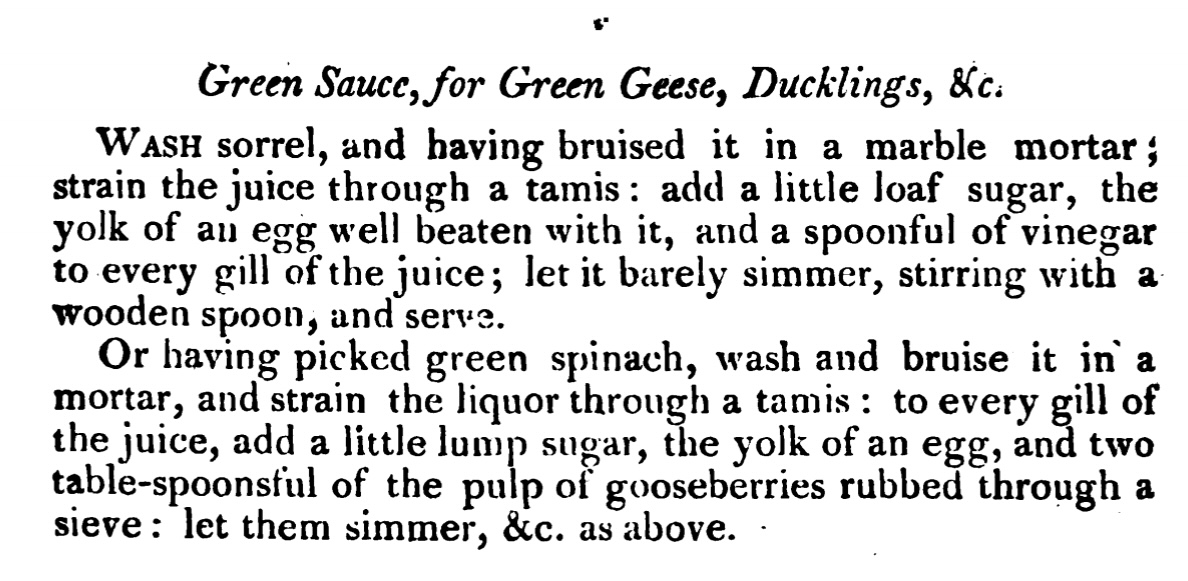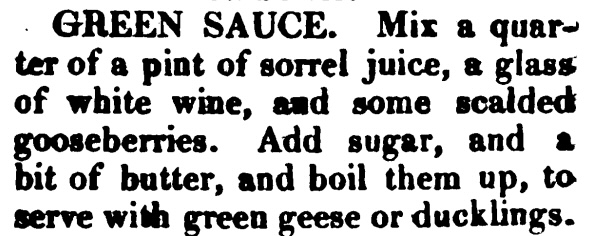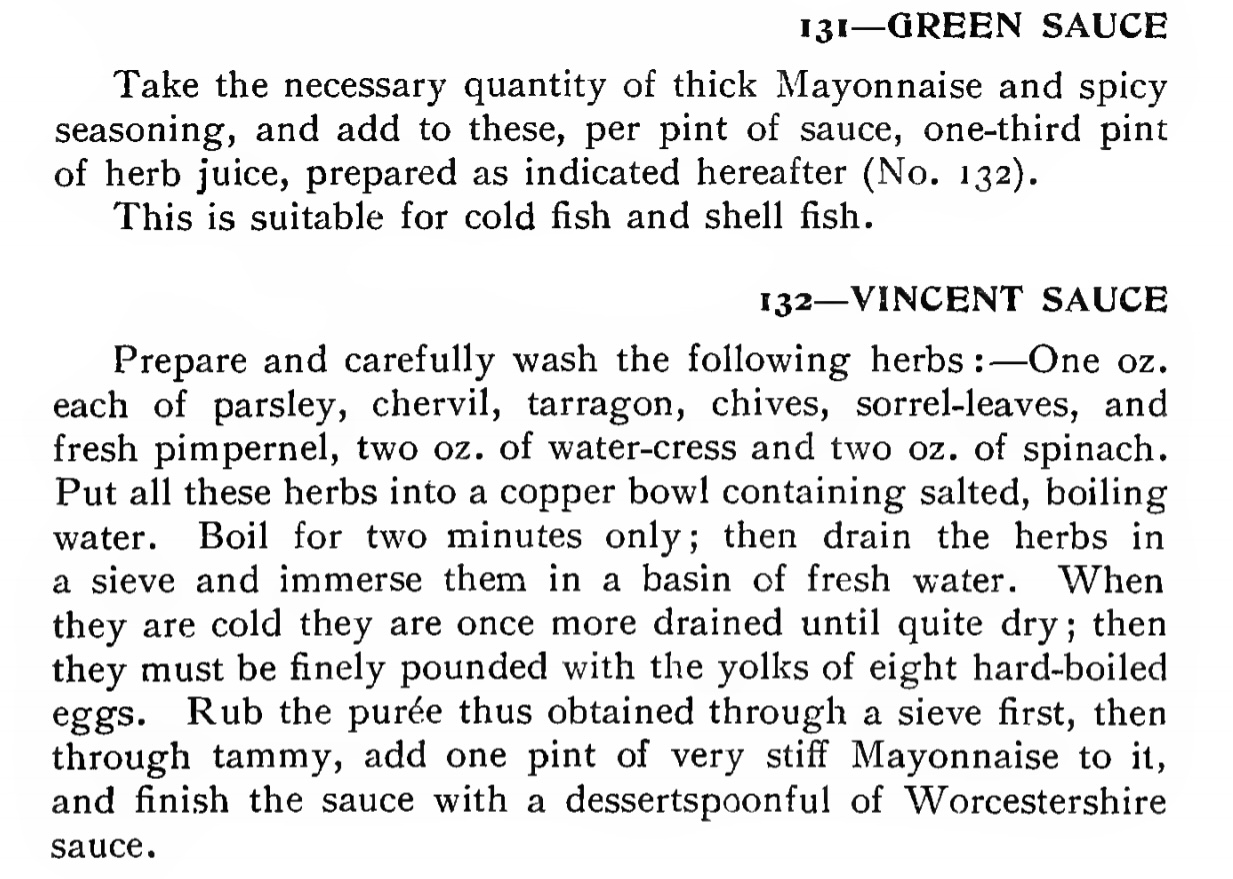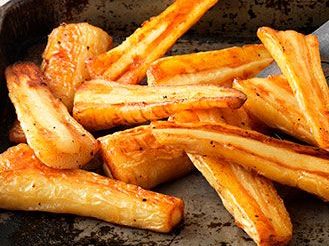In which we discover what happens if you don’t share your pizza, that singing ducks make excellent messengers and how perfect parsnips can keep memories alive.
In which we discover what happens if you don’t share your pizzas, that singing ducks make excellent messengers and how perfect parsnips can keep memories alive.
This is another fantastic story from Giambattista Basile’s Tale of Tales. I have already explored the history of these volumes in my Cat Cinderella episode but here is a quick recap for anyone who missed it. This book is a set of tales within a frame story of a wronged bride. The volumes of the book were published between 1634-36 and predate the books of literary fairy tales from Charles Perrault in France and the Grimm Brothers in Germany.
Today’s Story is Two Little Pizzas
Today’s Recipe is Roasted Parsnips & Green Sauce
You can find the original text of the story and the books I used to research this podcast in the Further Reading Section of my blog article.
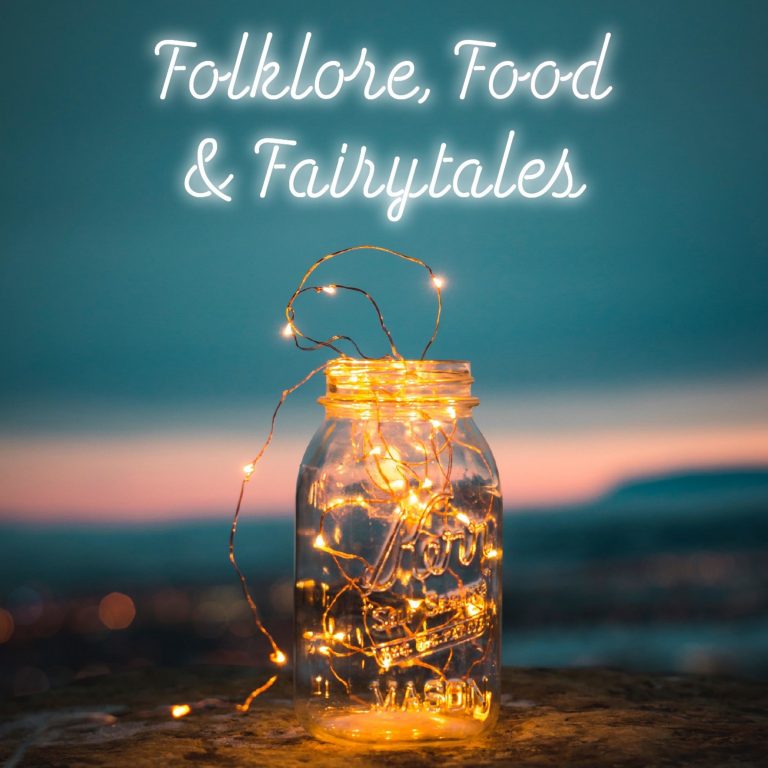
A Tale of Tales
This is another fantastic story from Giambattista Basile’s Tale of Tales. I have already explored the history of these volumes in my Cat Cinderella episode but here is a quick recap for anyone who missed it. This book is a set of tales within a frame story of a wronged bride. The volumes of the book were published between 1634-36 and predate the books of literary fairy tales from Charles Perrault in France and the Grimm Brothers in Germany.
More Grimm than Grimm
There are definitely some arguments that state that the Grimm brothers were influenced by these stories not just by the oral tales they collected but that will have to wait for another time when we have a lot more time. I would also prefer not to be chased with flaming pitchforks by Grimm enthusiasts so I will tread carefully.
Tale Types
This tale combines a couple of story types identified by the Aarne-Thompson Index, that of the Kind and Unkind Girls (AT403)and The False Bride (AT480). We looked at the first briefly when we looked at the Three Heads in a Well and there are quite a few similarities. The kind and generous girl (Marziella ) is rewarded for her actions whereas the mean spirited one (Puccia – in this case cousins not stepsisters) is punished for her unkindness and discourtesy.
Appearances Can be Deceiving
The original tale also has the outside appearance of the girls reflecting their inner personalities to contrast with real life where deceit and mean spiritedness can often hide behind a beautiful face. Our societal standards are slowly changing and I prefer to keep things closer to reality and stress how it is the actions of the girls not how they look originally that drives the story forwards. It also explains how a brother could not recognise his sister if one girl was so beautiful and one was so unattractive which is a tricky one for the storyteller to carry off otherwise. You would expect two maternal cousins to at least bear a passing resemblance to one another.
O Napoli
The original Tale of Tales were written in Neapolitan dialect and the translations into English in the 1847 and 1893 were not as good as they might have been, especially as it is difficult to capture the feel of the original dialect. There is a much better modern translation by Nancy Canepa in 2007 where the dialect is captured in a truer fashion. The Victorian translators were also held back by the moral standards of their time where some of the, shall we say, less family friendly content could not be shared in printed form. As a storyteller you can pick and choose to a certain extent, trying to be as true to the feel of the story as possible.
A Talking Horse
In the earlier translations the birds that are tended on the beach are geese, thus the link to the second story type: the Grimm false bride story of the ‘Goose-Girl’. If you don’t recall that one, its the one with the talking horse where the head of the horse keeps talking after it is dead and mounted over an archway and the goose-boy is forced to run all over hill and dale for his hat so he won’t see the princess’s beautiful hair unbound. Aren’t fairytales gloriously weird?
Duck, Duck, Goose
In the newer (and more accurate) translation, these birds are ducks. It probably doesn’t make that much difference although you’d think ducks would be less valuable than geese if only from a size perspective. It may also mean that Ciommo’s status was reduced even lower than we had previously realised. No wonder he was so miserable and made such a bad keeper for the ducks although he obviously wasn’t super observant (see note above about recognising his own sister).
Drama, Crime & Punishment
The language in both versions is wonderfully flowery and dramatic as befitted something that was written for court entertainment by someone who was a member of it. Basile wasn’t really hiding his feelings about the duplicity and poor morals of the court here. The story clearly wants to highlight what you can achieve with courtesy and kindness and true family feeling especially when you have a clever king who knows the difference between goodness and wickedness and deals with them appropriately. It is a thinly veiled truth here that this is not normal behaviour in a court setting.
Basile was also determined to demonstrate that the punishments for the aunt and cousin fit their crimes. You could argue that being blown up with the fireworks at the wedding of your niece whom you tried to murder is going a little bit far. You can’t however argue with the style and panache.
Pizza or Cake?
I have one more note on the translation that conveniently links both food and stories. If you go looking for this story in the public domain translations of the book you won’t find it by this title. Its known there as the Two Little Cakes but the modern translation uses the title ’Two Little Pizzas’ and the translation makes far more sense in the story. It also made me think of the best pizza I ever ate, garnished with snowy flakes of parmesan & fresh green, wild rocket sitting outside a restaurant in the hills around Rome looking down on the city.
There was also much ice cold white wine made less than 2km away from the restaurant which was also available in refillable containers from a small shop next to the restaurant. In Frascati it’s bring your own food, not bring your own wine! Sorry about this small diversion but I think I’m really starting to miss travelling. I’ve never been to Naples but when we can I want to go and try the pizza there to see if its as good as that one outside Rome and so I’m sticking with the little pizza title.
Something Else Beginning with P
It might surprise you now that I’ve wetted your mouth for perfect pizza that I’m not going to mention it at all in this food section. The story offers so many other opportunities to explore food history and I feel that if I start to research the history of pizza it might go the same way as when I researched macaroni. None of us has the time for that, also I found myself glaring at a packet of macaroni in the cupboard yesterday and I don’t want to fall out of love with pizza.
So that left us with the choice of parsnips & green sauce, sweet almond cakes or marchpane (marzipan) & rosewater. Now I am a big fan of marzipan but I don’t know anyone over the age of 10 who can consume lots, also I suspect many people are still picking it off their leftover Christmas cake as I speak. It could be said that rosewater is more of a perfume than a flavouring, I’m not one of them but I think I’m in a minority. I also love Palma Violets and I’m not even slightly ashamed. I love almond cakes more than anything but I’m saving that recipe for a special occasion so parsnips and green sauce it is. Its hopefully more interesting as well as delicious than that makes it sound.
Perfect Parsnips
Lets start with the parsnip. I would like for the record to state that my Nan, Ivy, made the best roast parsnips ever. They were crisp and salty on the outside yet meltingly soft and sweet inside. I can’t recreate them, I’ve tried. I’ve parboiled them first, I’ve not parboiled them first. I’ve tried coating them in oil and then a hot oven, I’ve preheated the oil in the oven. I’ve used olive oil, sunflower oil, goose fat and beef dripping. Ive tried all the oils and all the methods in a variety of mindbogglling combinations. The closest I can come is with hot beef dripping and parboiling but I’m missing something. They’re good, just not Nan perfect.
Food Memories
I remember so much of my Nan through food but there was so much I never knew I needed to ask and its been too late now for over two decades. Thankfully Mum remembers quite a lot so not all of it is lost but Ive recently realised that when I go it will be. I have no children, my nieces and nephews aren’t interested in cooking and they don’t remember Nan anyway and thats a big part of why remembering is so important. Writing this, I’ve realised that my brush with Covid over Christmas, although only a mild case has left me with more scars than I’d realised but they obviously aren’t the type you can see. I might have to go away after this and roast parsnips and eat them while I phone my Mum so we can talk about her. While she still has us to talk about her then she’s still here. As Terry Pratchett says ‘A man is not dead whilst his name is still spoken’
So hopefully, if you make the recipe you will think kindly of an incredibly lovely woman called Ivy that you have never met. It might also help if you know that she made all her own clothes on an antique sewing machine, was an incredibly skilled demon-fast speed knitter, grew ridiculous amounts of runner beans every summer and knew how to get the best produce from reluctant stall holders all over the markets of Birmingham and the Black Country. She also had the best stories, told exciting futures in tealeaves and cooked wonderful meals on a shoestring budget in a kitchen that always felt like it had it’s arms wrapped around you.
What Happened?
So back to parsnips, they have fallen out of favour a lot now here except for roast parsnips and the occasional spiced parsnip soup, sometimes with apple. It wasn’t always like that, they’ve been upstaged by cheap sugar and potatoes. They were once an important way to add sweetness and carbohydrate to a meal when potatoes hadn’t even been heard of in Europe and sugar was like gold dust in cost and scarcity. Honey was also pricey so parsnips were useful and could often be used as the base of a sweet pudding as well as a savoury accompaniment. The name comes from the Latin pastinaca but I should mention that the ancient writers didn’t differentiate between parsnips and carrots. This isn’t as odd as it sounds as your ancient carrot had not yet achieved its splendid orange colour as was more often white or occasionally purple.
Overtaken By a Potato
According to Apicus they were prized by the Romans and were later popular all over medieval Europe. They were used in puddings as mentioned earlier but were also mashed, fried, served as fritters and served sliced around meats. They were often a key ingredient in soups, stews and pottages. However, as cheap sugar and potatoes became available their popularity waned and they have virtually disappeared from southern and Central Europe and are only marginally popular in the UK. It has been suggested that this was also down to the taste which although mild, tends to pervade every dish where it is present. It is a bit like Marmite in that you either love it or hate it.
Green Sauce
It is also a vegetable that can take strong flavours which leads us to the green sauce. Green sauce was incredibly popular all over medieval Europe and took its name from the green colour of the herbs that were its major ingredient, particularly sorrel. There was often garlic and salt & pepper and sometimes verjuice added.
In Italy it often had similar ingredients but more usually with vinegar added, similar to a salsa verde. It appears in many early recipe books including Robert May’s Accomplisht Cook in 1660 but quite often as an instruction to prepare herbs ‘as you would for green sauce’. This very much suggests that it was so widely used and known that no-one was going to bother with a recipe for it. There is even a recipe for it (well ish) in Gervase Markham’s The English Housewife from 1631 as a sauce for chicken although its name isn’t mentioned. It also appears in a French cookery book as early as 1300 and crops up in medieval cookbooks from all over Europe with a 200 year period from that date. It was more normally served with meat and fish but definitely wouldn’t be out of place with vegetables especially on a day when meat couldn’t be eaten.
So Its Cool When It’s Italian
We still eat it today in the form of salsa verde and other green herb sauces with garlic & anchovy and capers. The recipe I will be sharing which cuts through the fat from the roast parsnips also goes well with anything on the heavier side which needs a last minute burst of flavour including lentils and sausages. It is great with fattier meats like lamb and pork but would also work with goose. I have absolutely no idea what Ivy would have made of it but she loved new things so I’d like to think she would approve.
Ivy’s Roast Parsnips & Green Sauce
Varies
servings30
minutes40
minutesIngredients
- Roast Parsnips
Parsnips (1.5-2 per person)
Beef Dripping (around 2 tbsp of fat per four parsnips)
- Green Sauce
60g flat leaf parsley/basil/mint (either all 1 herb or a mixture)
5 tbsp extra virgin olive oil
1½ tbsp capers
2 garlic cloves, minced
1.5 tsp mustard (choose one that suits what heat level you prefer)
juice of 1 lemon or 3 tbsp vinegar
Directions
- Roast Parsnips
- Preheat the oven to 200ºC
- Add the fat to a roasting tin that will hold all the parsnips in one layer.
- Place in the hot oven to heat the fat.
- Peel parsnips and divide longways into 4 long chunks
- Place them in a saucepan with cold salted water and bring to the boil. Once the water is boiling, the parsnips will need round 3 minutes to parboil.
- Drain the parsnips in a colander once parboiled, taking care not to break them.
- Toss the prepared parsnips in the roasting pan and fully coat them in the hot fat. Ensure to spread the vegetable chunks evenly in the roasting pan, so they all have a chance to go crispy.
- Roast for 35-40 minutes until golden and soft in the middle, regularly basting them in the hot fat throughout cooking.
- Green Sauce
- Just before the parsnips are ready, chop the herbs & capers finely then mix in a bowl with the other ingredients. Serve in a bowl with the parsnips or drizzled over.
Further Reading
https://en.wikipedia.org/wiki/Pentamerone
https://owlcation.com/humanities/Pentamerone
https://pierangelo-boog.blogspot.com/2018/11/stories-from-pentamerone-illustrated-by.html
https://en.wikipedia.org/wiki/The_Goose_Girl
German Popular Tales and Household Stories – Brothers Grimm
THE GREENWOOD ENCYCLOPEDIA OF FOLKTALES AND FAIRY TALES – Volume 1: A–F Edited by Donald Haase
Giambattista Basile’s ‘Lo cunto de li cunti’ and the Birth of theLiterary Fairy Tale – Nancy L Canepa
Giambattista Basile’s The Tale of Tales, or Entertainment for Little Ones, Wayne State University Press, 2007 – Giambattista Basile.
Enseignements qui enseingnent a apareillier toutes manieres de viandes – France, ca. 1300 – D. Myers, trans
The Ladies’ Assistant for Regulating and Supplying the Table – Charlotte Mason, 1787
The Complete English Cook or Prudent Housewife – Ann Peckham
The Complete Housewife – 1631 G Markham
The Accomplisht Cook – 1660, Robert May
Pot-Luck or The British Home Cookery Book – 1914, May Byron
The art of Cooking Made Plain & Easy – Hannah Glasse 1761
The Complete Housewife or Gentlewoman’s Companion – 1773, E SmithA
New System of Domestic Cookery – 1810, M Rundell
English Housewifry Exemplified – 1749 Elizabeth Moxon
A New System of Domestic Cookery – 1842, M Rundell
Modern Cookery for Private Families – 1860, Eliza Acton
A Guide to Modern Cookery – 1907, A Escoffier
Cook and Housekeeper’s Complete and Universal Dictionary – 1823, Mary Eaton
Featured Image Credit – Marziella on the Seashore – Warwick Goble

